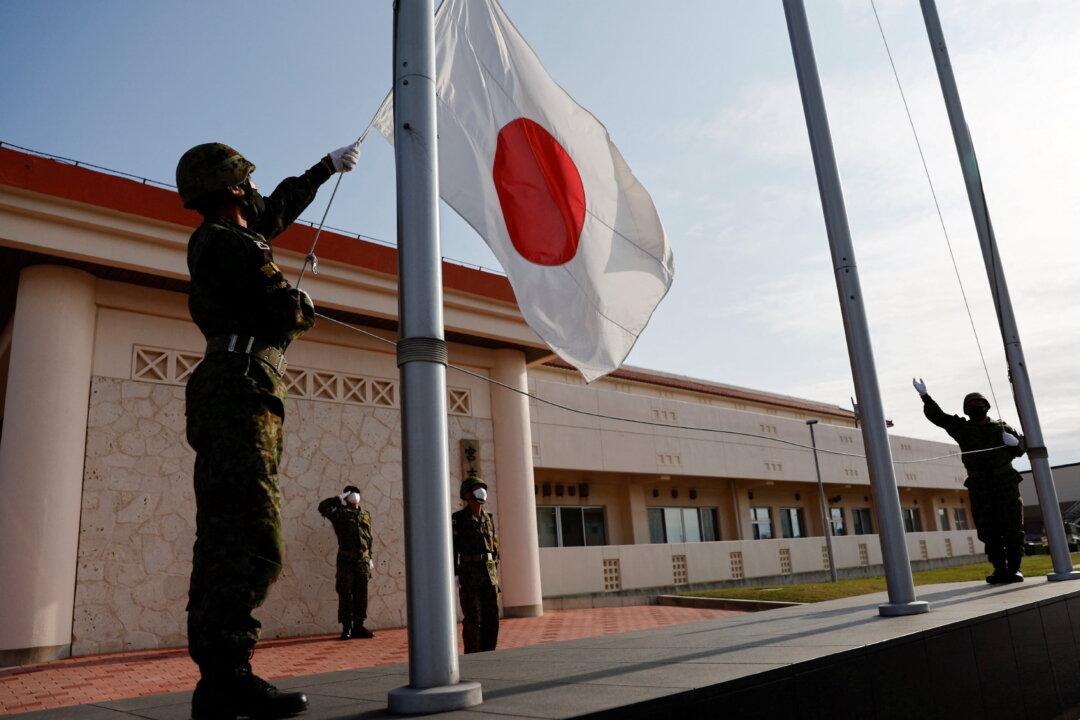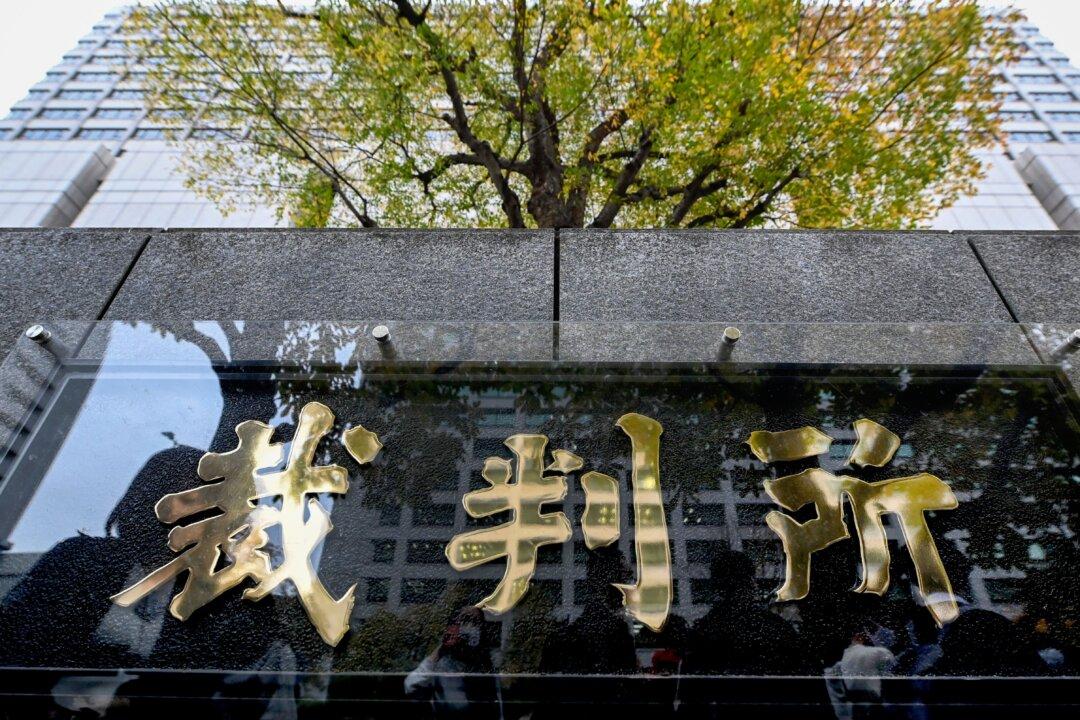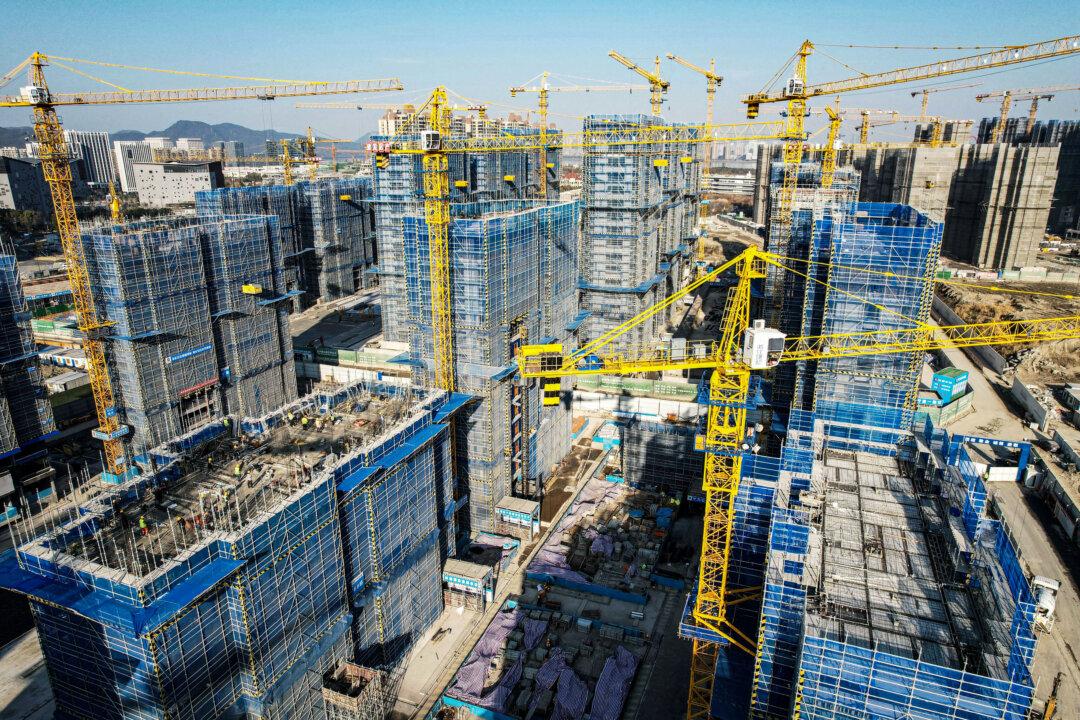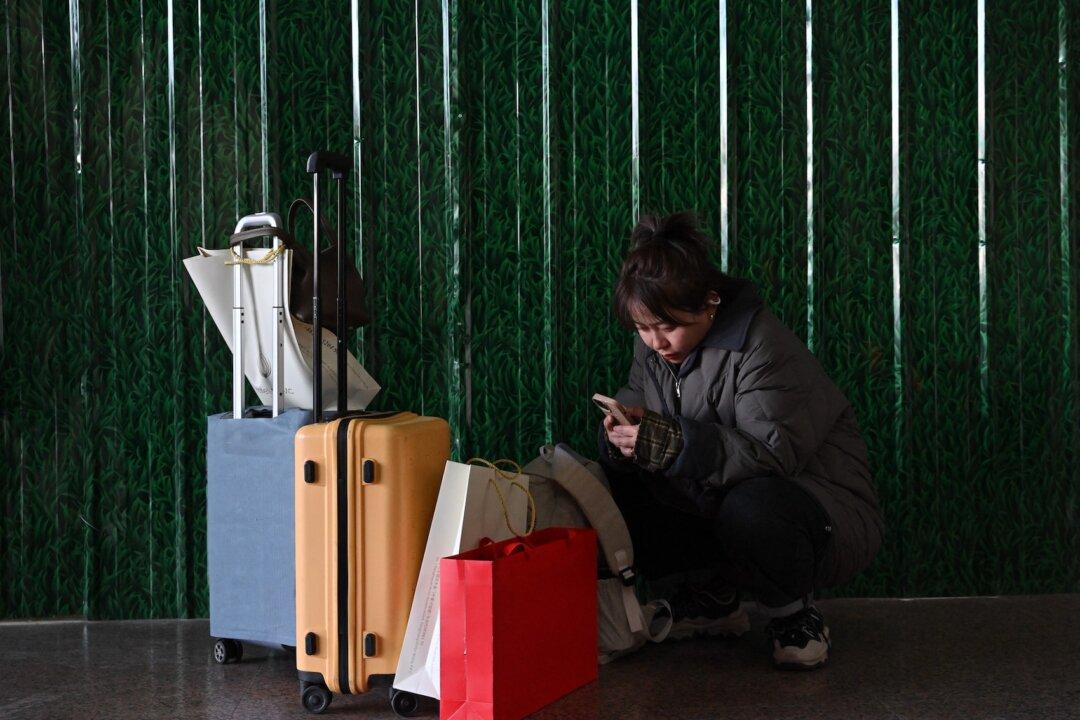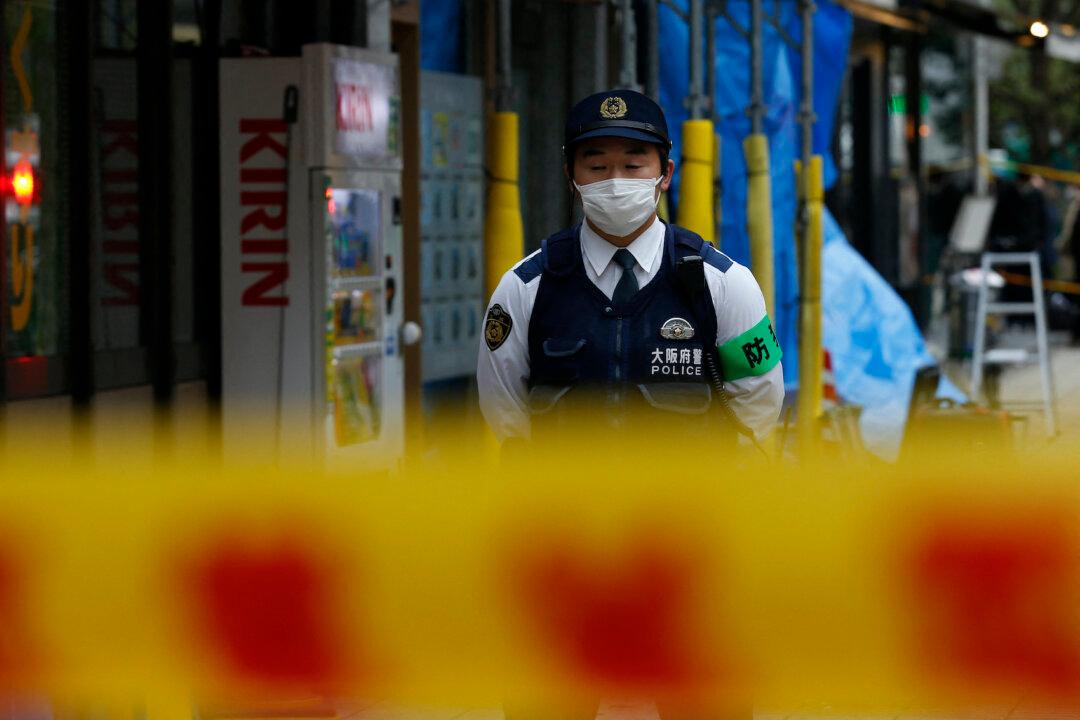Following the late Prime Minister Shinzo Abe’s principle that “A Taiwan emergency is a Japanese emergency,” Japan will set up an Okinawa Defense Corps to counter Beijing’s military threat.
Japan’s Defense Ministry will establish an Okinawa Defense Group in the Ground Self-Defense Force (GSDF) as a new unit at the heart of the defense of the Nansei Islands, Japan media reported on Dec. 3.
